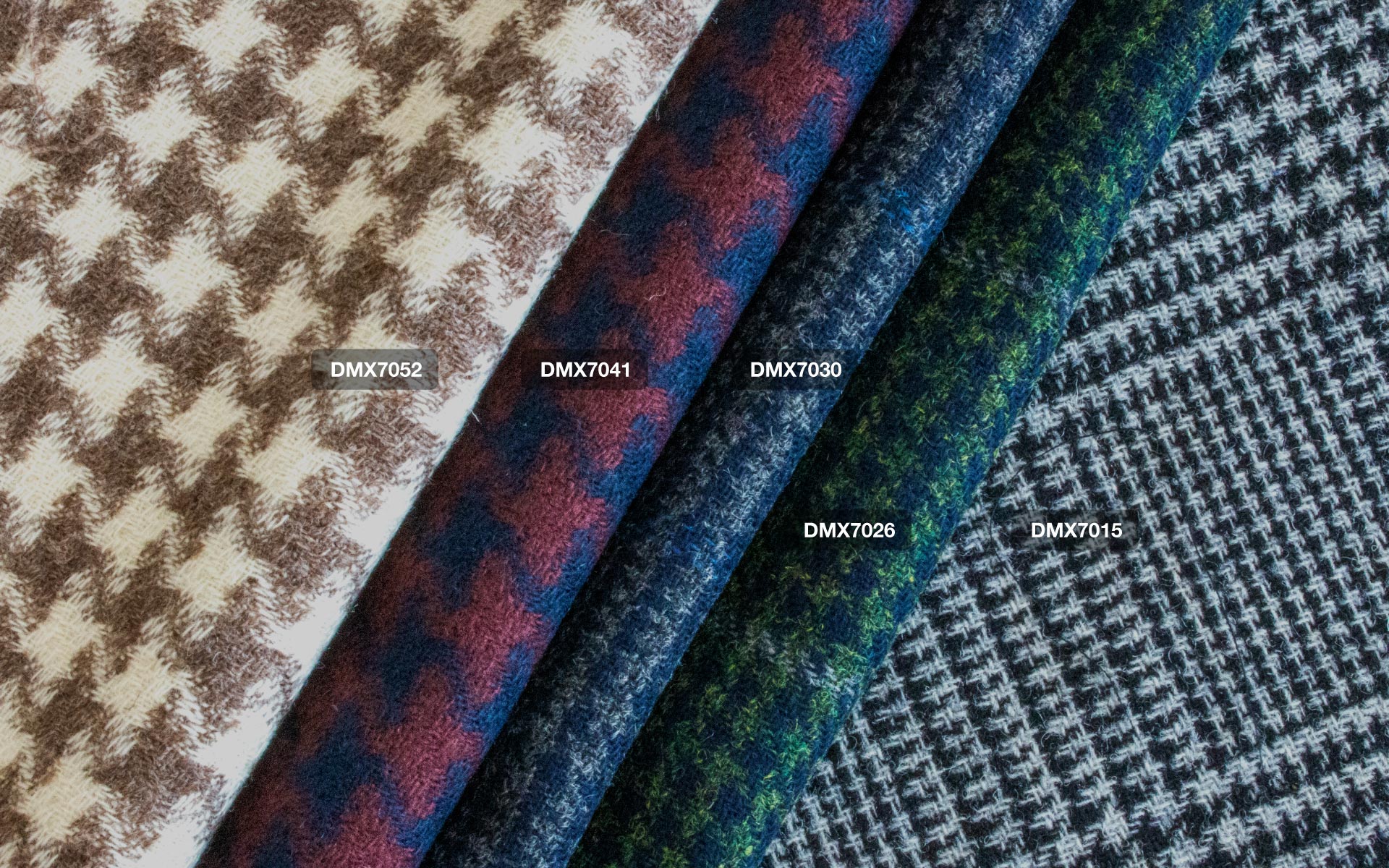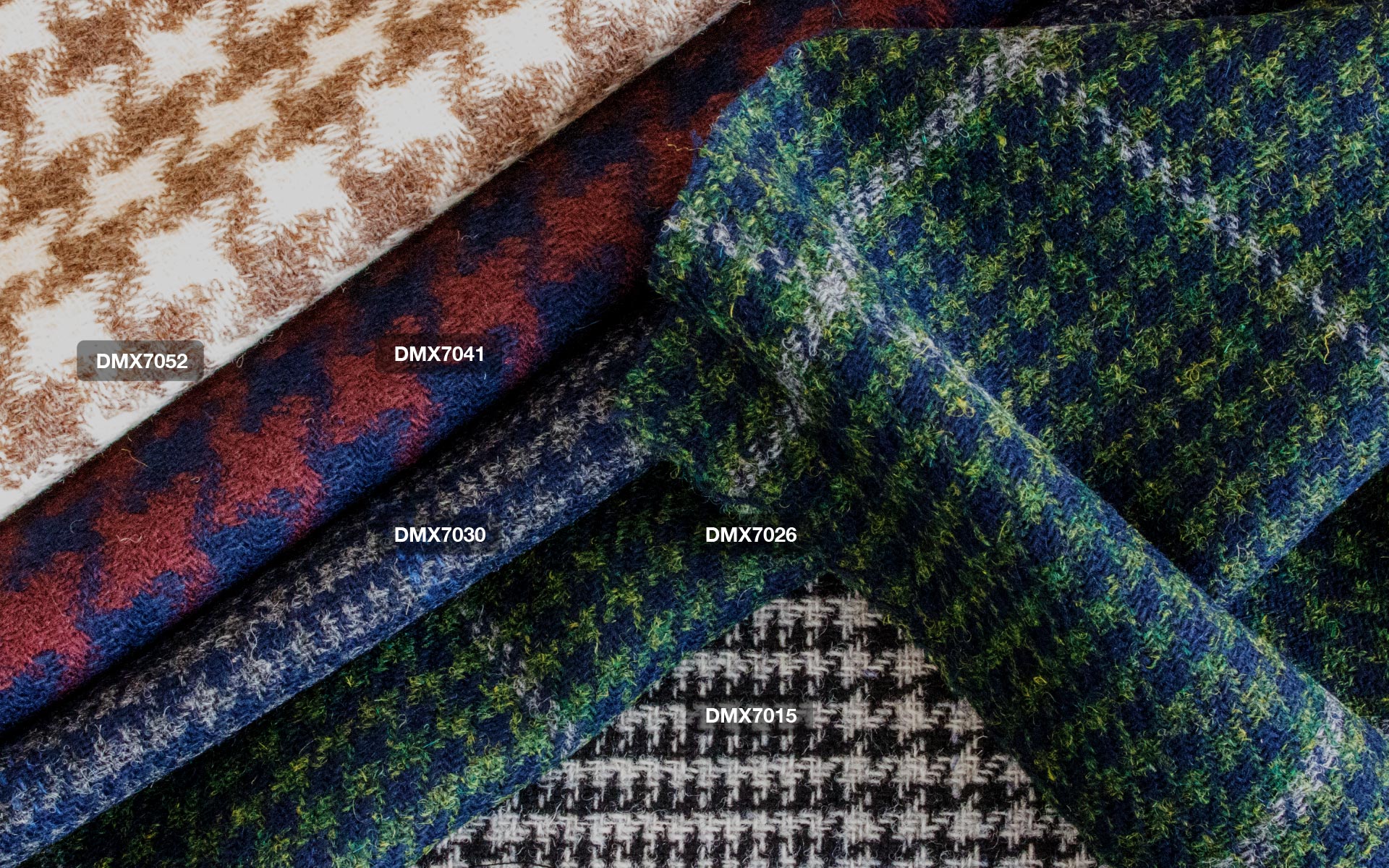TEXTILE
Jamieson's
2019-20 Autumn & Winter
"Jamieson's" Shetland Yarn, Woven by Miyuki. What is "Shetland Wool"?
The origin of Shetland sheep
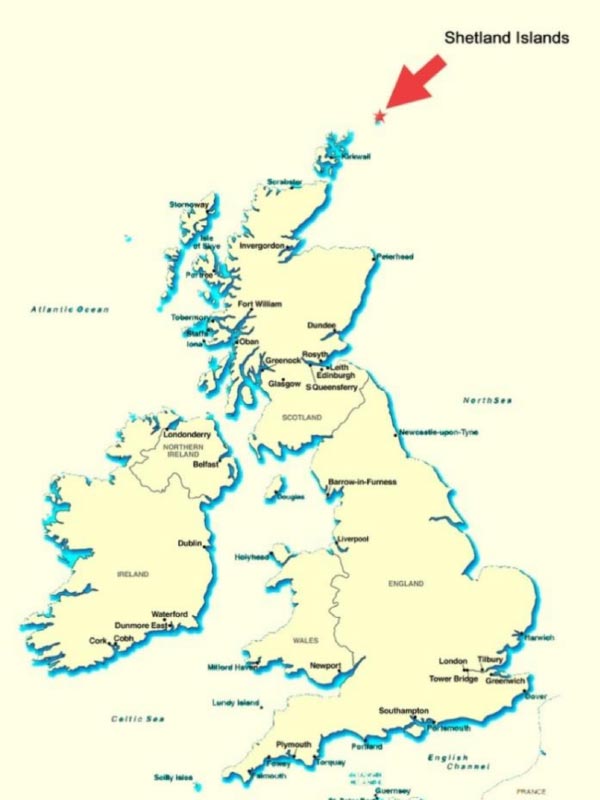
The Shetland sheep is small and native to the Shetland Islands although, today, it is raised in many areas of the world. It belongs to the northern European family of short-tailed sheep and is similar to another rare sheep named the "Scottish Dunface" which became extinct. This type of animal produces high quality wool and meat. Compare with other sheep which are raised commercially it is small and has slow growth but, on the other hand, it has robust health and is easy to breed. It is superbly compatible with the environment and has a long life. Compared with other modern varieties, the Shetland sheep breeds easily as it has a strong survival instinct. As a result, this sheep has survived over the centuries in a severe environment with little food.
the Shetland Islands are a part of Scotland and lie in the sea North East of Great Britain.
History
Until the Iron Age, the types of sheep which inhabited Great Britain as well as the north and west of Europe were small and had short tails. Only male sheep had horns and varicoloured sheep existed. This short tailed sheep was gradually replaced by long tailed sheep as the natural habitat of short tailed sheep became limited. The "Scottish Dunface" was one of these short tailed sheep and until the 18th century was a major breed in Scotland including the Orkney and the Shetland Isles as well as the Highlands. However, by the end of the 19th century, the "Scottish Dunface" became extinct on the mainland of Scotland and the descendants only survived in a few islands such as the Shetlands.
Preservation of this breed of Shetland sheep
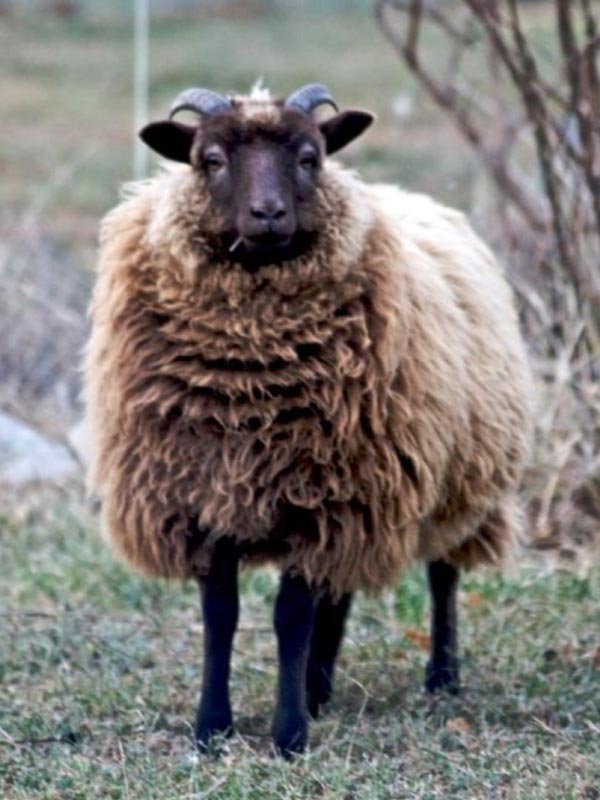
By the early part of the 20th century, the wool quality became worse through interbreeding with other types of sheep. In 1927, the "Shetland Flock Book Society" was established to cope with this problem. This organization makes efforts to protect Shetland sheep at their homeland. Over recent years the trend has been to raise Shetland sheep mainly in the Shetland Islands, but partly in other islands, mostly for fine wool but also for meat.
Rare Sheep "Scottish Dunface"
Historically, the wool obtained from Shetland sheep has been acknowledged for its commercial value. This wool has various colours and thus this variety gives important value to the Shetland Islands wool industry "sometimes this wool is used without dyeing to make the most use of these natural colours". A tweed fabric is produced with this Shetland wool but knitted fabric is also a well known product. The length of wool hair is about 5-12cms,the yarn thickness is about 50-60 count and the quantity of wool hair obtained from one sheep is about 0.9-1.8kgs.

Colourful wool yarns and knitted products of Shetland wool have attracted admirers from all over the world. "Jamieson's" is one of the manufactures of good repute who belongs to the central core of other high quality makers in Shetland.

The value Miyuki can add
"Jamieson's" is well known for the "Fair Isle sweater". As part of a collaboration with this company, Miyuki ordered yarns which were spun in the Shetland Isles and then both woven and finished as fabric in Japan.
We aimed for a genuine tweed with a new handle which is not too hard but retains the natural colours of the Shetlands. The tweed is light weight with a moderate stretch function that moulds to our body as soon as it is worn.
By a synergistic effect of using good water in Yokkaichi in Mie prefecture and selected natural soap, Miyuki's skill of washing and finishing creates this tweed with a new handle which can be described truly as a British-Japanese fabric.
Coordination
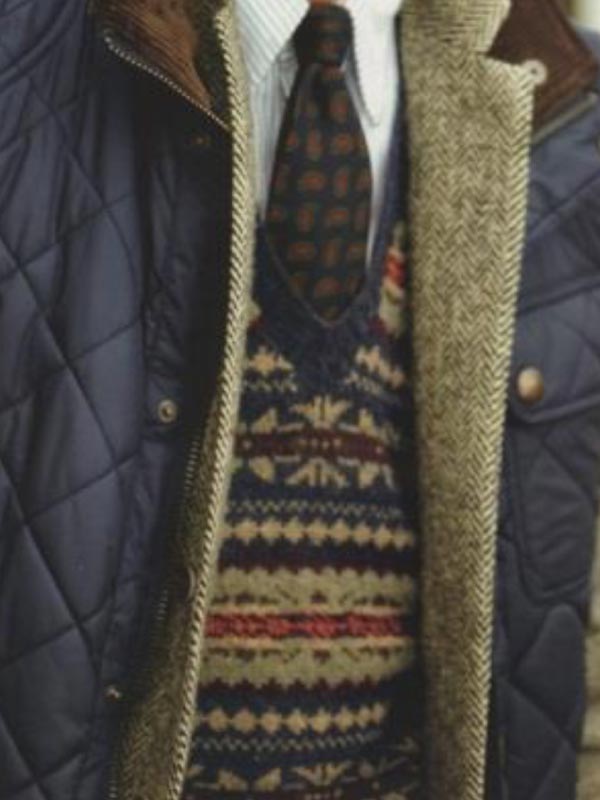
The colours of this new tweed match perfectly with the "Fair Isle sweater" which is Jamieson's strong specialty. By setting up with this sweater, the tweed jacket indicates a "sense of season" as an essential item for every autumn and winter. With the winter materials and designs, this coordination can be described as an advanced one. You can enjoy this tweed as sophisticated and high quality weekend wear. Just by changing from the usual jacket to this Jamieson's tweed, the authentic look is emphasised even if we wear a shirt and sweater inside the jacket as an orthodox inner. Taking advantage of a somewhat different material allows a new look - away from the normal jacket coordination which tends always to be the same.
After the mid 1990’s, the use of luxury fabrics for tailoring increased. We cannot directly compare "luxury jacket" and "tweed jacket" but recently luxury fabrics seem to be identified with extravagance. Superfine Merino wool for suiting, Chinese cashmere, produced in Mongolia for knitting are luxury fine materials we can wear providing we can afford to. This is great but sometimes it is important for us to have "relax time" and tweed can be a partner for these times.
JACKETS & COATS
Jamieson's tweed
Cashmere jackets and coats look gorgeous on the fashion lovers and cognoscenti but we need to expand our experience into the field of relaxation through the use of skillful coordinations. There are traditions and classics in the world and "tweed jacketing" is described as a material we should put on and experience at least once for lifetime.
Not too hard or stiff, a light and soft handle is a charm of this fabric. Adapting to the shape of the individual body after tailoring is an added characteristic of this fabric. As "post-Harris tweed" and as a "tweed for real adults" we recommend this new fabric for our customers who are seeking an upper grade tweed.
WOOL (GENUINE SHETLAND WOOL) 100% 410-630g YARN FROM SCOTLND WOVEN IN JAPAN
